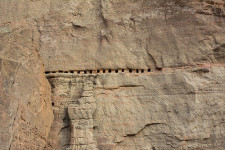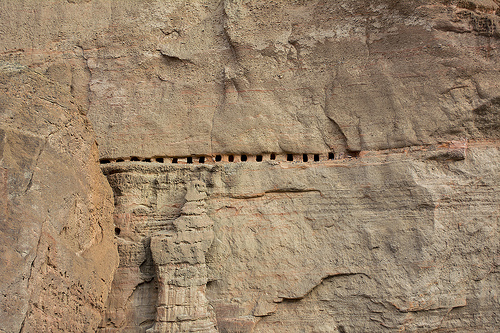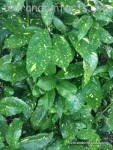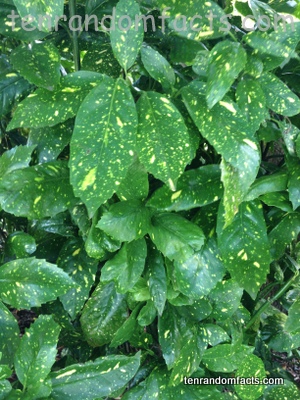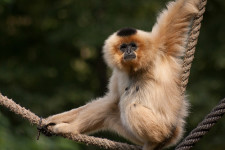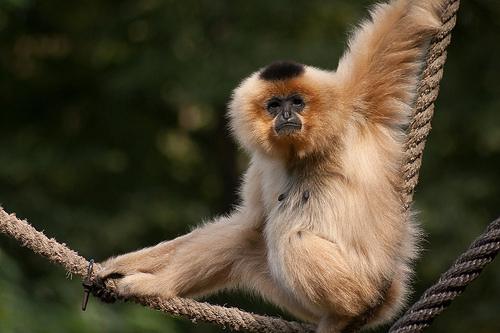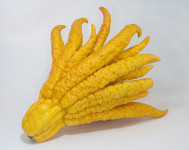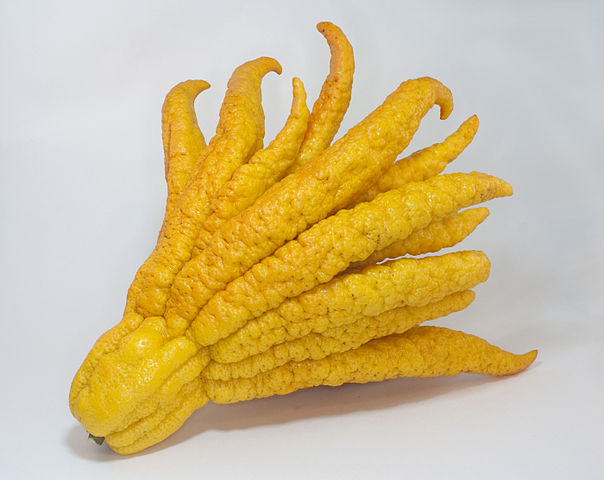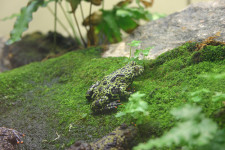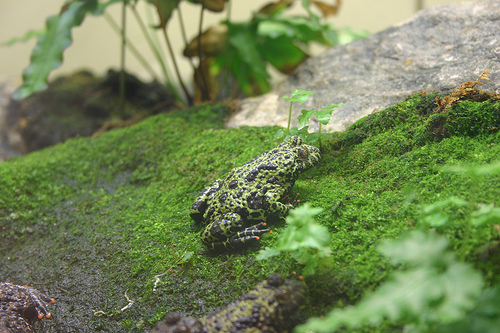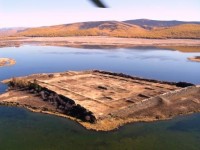
MilThe intriguing Por-Bazhyn Fortress.
- Por-Bazhyn Fortress is a construction built centuries ago, found on a lake island in the mountainous Tuva area in Siberia, Russia, and it now lays in ruins.
- ‘Por-Bazhyn Fortress’ is also known as ‘Por Bajin Fortress’ and ‘Por-Bazhyng Fortress’, with its name from the native Tuvan language meaning ‘clay house’.
- Por-Bazhyn Fortress encompasses an area almost the size of the small island it is situated on, so its walls are not far from the waters of the remote lake Tere-Khol.
- Por-Bazhyn Fortress covers a rectangle-shaped area of approximately 3.5 hectares (8.6 acres) with dimensions of 162 by 215 metres (531 by 705 feet).
- It is thought that Por-Bazhyn Fortress was built sometime between 750 to 790 AD, possibly purposed as a palace or for ritual, religious or military practices, but as of 2015, there was little evidence to support any of these suggestions.
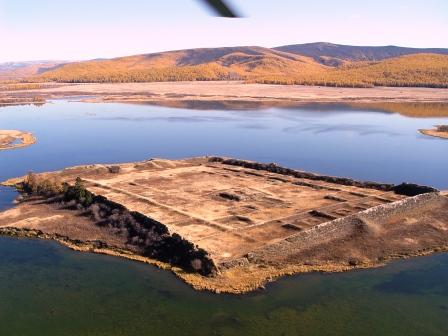 Por-Bazhyn Fortress
Por-Bazhyn Fortress
Image courtesy of Wikimedia Commons
- The outer wall of Por-Bazhyn Fortress currently reaches a height of up to 10 to 12 metres (33 to 39 feet), while the inner walls are 1.5 metres (5 feet) at their highest point.
- Por-Bazhyn Fortress was initially excavated from 1957 to 1963 by S.I. Vajnstejn, a Russian archeologist, after it was explored earlier in 1891, while extensive work and studies of the site were undertaken in 2007 to 2008 by the cultural foundation of the fortress.
- Rammed earth and clay materials were used in the construction of the walls of Por-Bazhyn Fortress, while wooden beams were utilised for support, and the site has distinct Chinese architectural features.
- Like many other details of Por-Bazhyn Fortress, it is unknown how the fortress was actually destroyed and why it was abandoned, though earthquakes and/or fire are possible causes, and it is believed that the site was used only for a short time, if at all.
- Only a small quantity of artifacts have been retrieved from Por-Bazhyn Fortress, and these have included footprints, burnt timber, an earring, a dagger, drawings and building materials.



